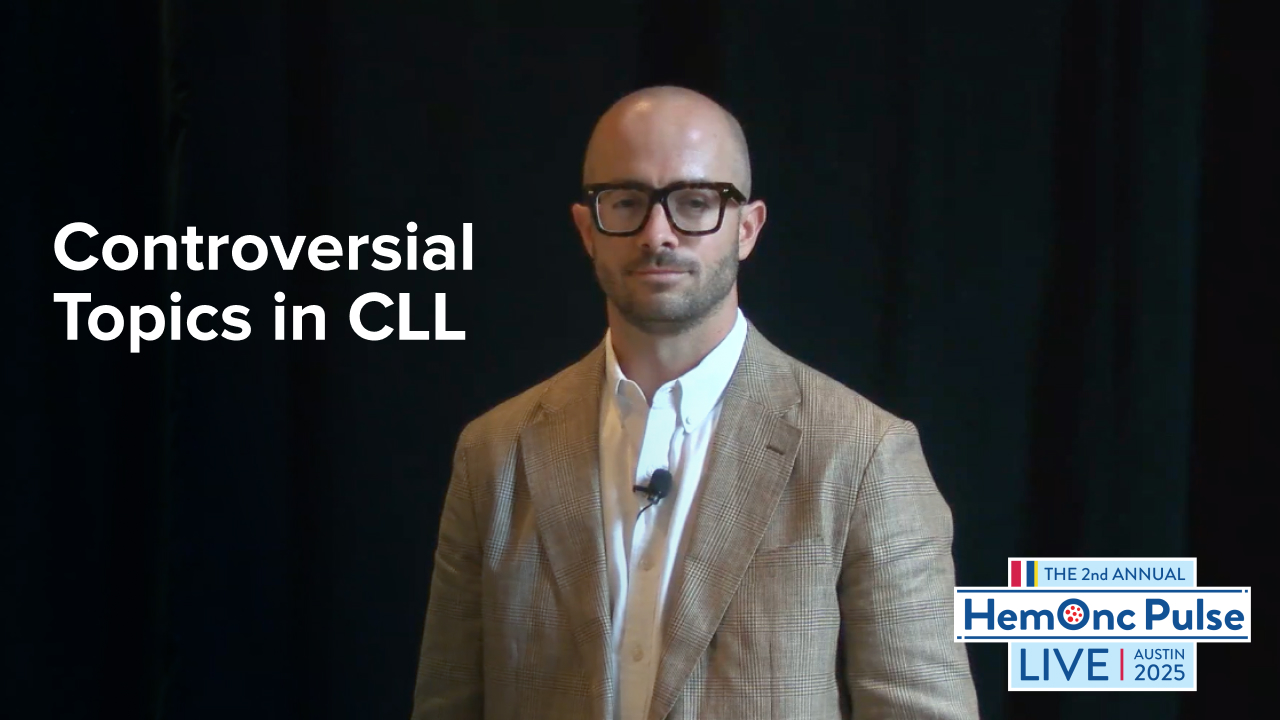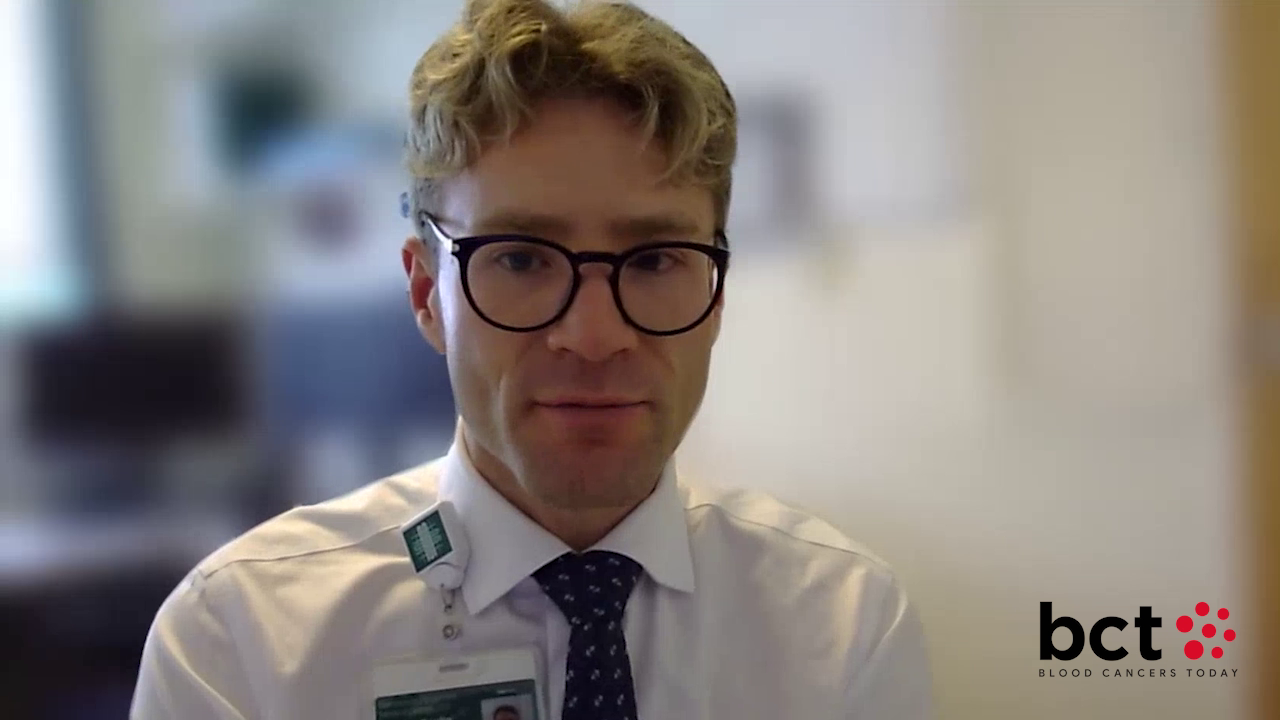What Are the Considerations with Toxicity, Access in BCMA-Directed Bispecifics?
By Saad Z. Usmani, MD, MBA, FACP, Shambavi Richard, MD, Meera Mohan, MD, Yi Lin, MD - Last Updated: January 17, 2024A roundtable discussion, moderated by Saad Usmani, MD, of Memorial Sloan Kettering Cancer Center, focused on treatment considerations for relapsed or refractory multiple myeloma, including updated data from the 2023 American Society of Clinical Oncology (ASCO) Annual Meeting. Dr. Usmani was joined by a panel that included Yi Lin, MD; Shambavi Richard, MD; and Meera Mohan, MD.
In the next segment of the roundtable series, the panel discusses toxicities such as cytokine release syndrome (CRS) and considerations surrounding commercial access to therapy as they relate to BCMA-directed bispecific antibodies for myeloma.
Watch the next segment in this roundtable series.
—
Dr. Usmani: Are there other constructs that you’re interested in hearing a little bit more about at ASCO? Meera, what do you think? We have some data from a Regeneron BCMA bispecific being presented. Early on, when they had reported on this construct, there was a relatively lower CRS rate, it was like a third of the patients. But I saw the abstract, it’s up in the low fifties now. What are your thoughts? Was that initial experience just that the number of patients were low? Are there any real differences between CRS amongst these bispecifics?
Dr. Mohan: We know that the AbbVie product has lower rates of CRS, because of the way it binds and activates CD3, the T cells. We really need products also with a lower risk of CRS, because we are trying to do this outpatient in the long term. This will also enable our community oncologists to be comfortable doing this as an outpatient [therapy]. I think it’s something that we are looking forward to.
Dr. Usmani: How’s your partnership with the first commercial product going with your community colleagues? Are they sending you patients to give the first cycle and then take them on? How are you managing them?
Dr. Richard: Yes, that’s what we are doing. The initial week is they’re hospitalized. But then they can develop CRS even with that subsequent a week or two. We get them through the first month, and then if there’s really no issues at all, if the community physician has access—because that’s still not a universal thing, but even to our Mount Sinai affiliate centers that are outside the main mothership, so to speak—to even move them out, we are trying to plan it so that we get them through the first month or so, or until they’re truly out of the woods, and then continue with their treatments elsewhere.
There’s good data now that’s coming out with prophylactic tocilizumab and things. I think that’s another thing that we could really use to our advantage in trying to reduce that initial CRS risk. It’s really been effective.






 © 2025 Mashup Media, LLC, a Formedics Property. All Rights Reserved.
© 2025 Mashup Media, LLC, a Formedics Property. All Rights Reserved.